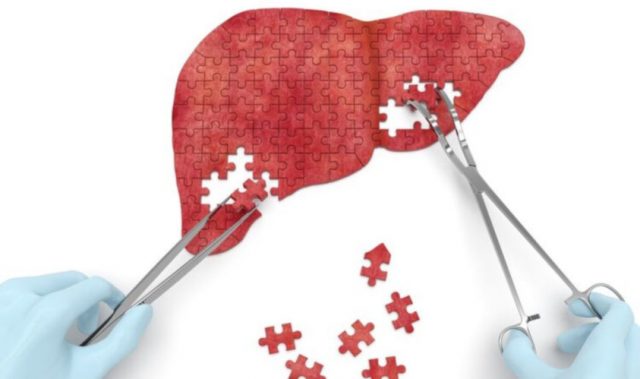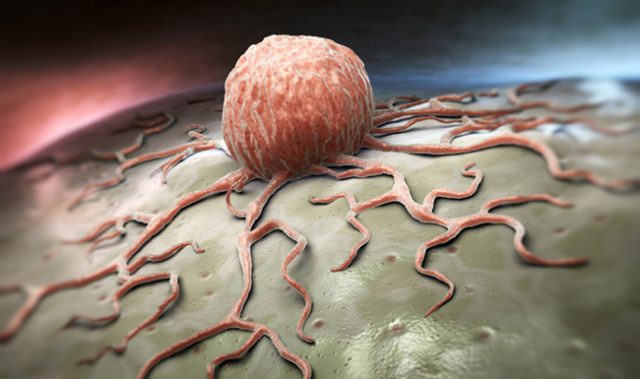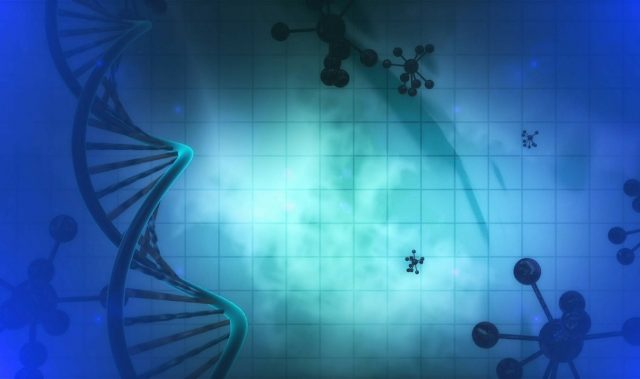
AsianScientist (Dec. 8, 2015) – Scientists at the Cancer Science Institute of Singapore (CSI Singapore) of the National University of Singapore (NUS) have uncovered the molecular interactions that increase tumor formation in cervical cancer caused by the human papilloma virus (HPV). Their research has been published in Oncogene.
Oncoviruses (cancer-causing viruses) are said to account for about 12 percent of new cancer cases annually. Cervical cancer alone accounts for about eight percent of all cancer cases worldwide and is the fourth most common cause of cancer and deaths from cancer in women.
Infections with cancer-causing viruses such as HPV are a major health burden worldwide, and contribute significantly to patient mortality. The availability of prophylactic vaccines hold promise in the prevention of the disease, but unfortunately this does not help already-infected patients.
In the present study, a team of researchers led by Sudhakar Jha, an assistant professor at NUS, found that it is possible to inhibit tumor growth in cervical cancer by increasing the cellular levels of a protein known as TIP60.
EDD1 is an E3 ubiquitin ligase that degrades cellular proteins, while TIP60 suppresses tumors. The study found that HPV E6 oncogene interacts with EDD1 to destabilize the tumor suppressing TIP60 protein.
While previous studies had implicated both EDD1 and TIP60 in cancer progression, they had not explained their roles in viral-mediated cancers. Notably, the new research is one the few to have explored TIP60’s function in viral-mediated cancers.
It was also the first to suggest EDD1 as a novel interacting partner of TIP60, a finding which advances the understanding of how this pathway could contribute to cancer progression not only in cervical cancer, but also in many other cancer types such as breast and ovarian cancer.
“Understanding how the two proteins interact with HPV E6 oncogene is a critical first step towards developing methods to target HPV-induced cancers as there is no specific treatment available at the moment,” said Jha.
The research team is developing methods to screen small molecule inhibitors of EDD1 and into how the ability to regulate TIP60 levels could be translated into therapeutic advances for the treatment of viral-mediated cancers such as cervical cancer.
“If successful, this could potentially be a significant breakthrough,” Jha added.
The article can be found at: Subbaiah et al. (2015) E3 Ligase EDD1/UBR5 is Utilized by the HPV E6 Oncogene to Destabilize Tumor Suppressor TIP60.
———
Source: National University of Singapore; Photo: Shutterstock.
Disclaimer: This article does not necessarily reflect the views of AsianScientist or its staff.












